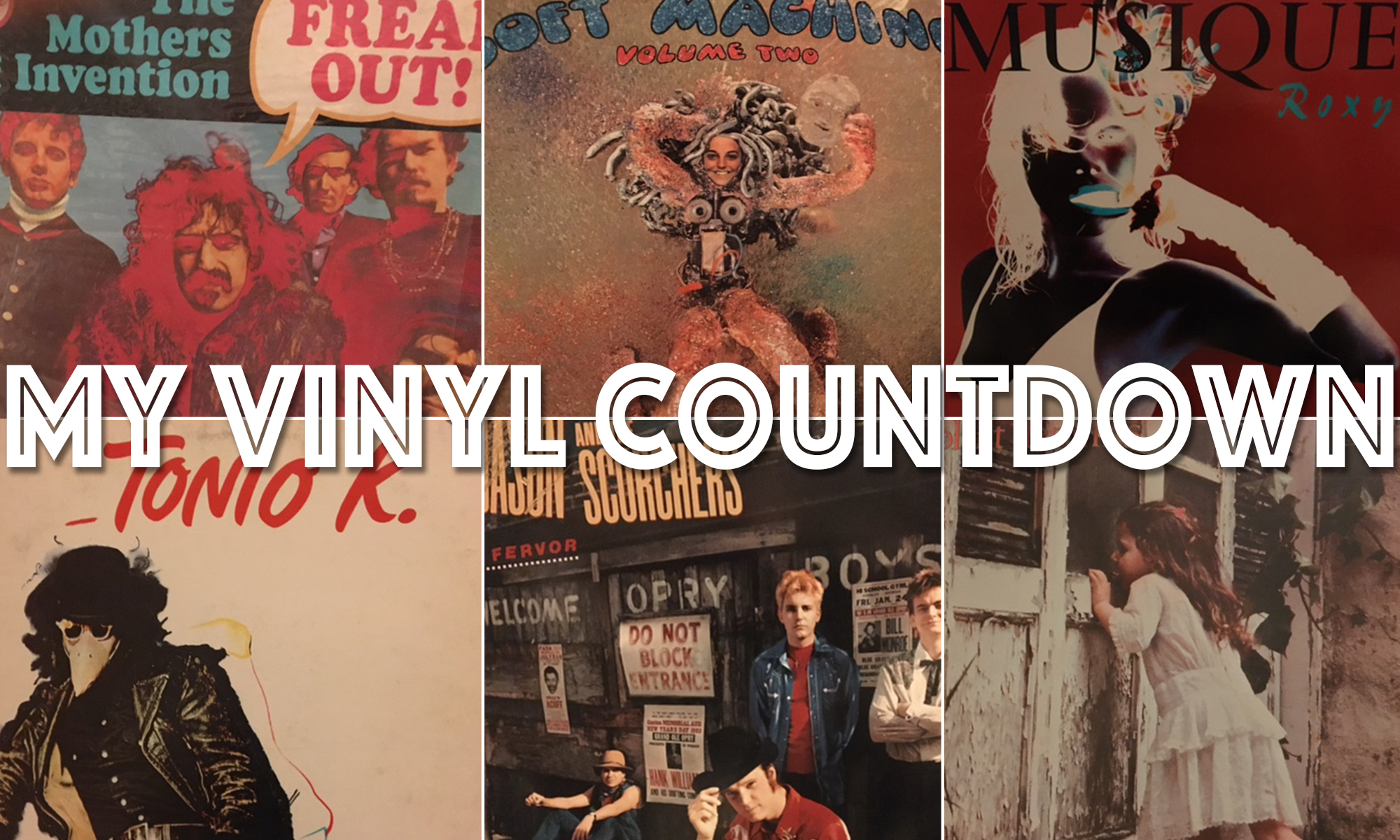A version of this was published Monday night on AL.com.
A 20-something Alabama man may be sitting on a goldmine with thousands of 78 RPM records he inherited from his grandfather.
Or. he may not be.
Sitting on a goldmine, that is.
Now it’s time for the thrill of the search and research.
A 78 sold for $19,600 just last week. It was by pre-war blues singer Charley Patton, according to ValueYourMusic.com.
The young man who inherited the giant collection contacted me after reading a column I wrote recently on 78’s — those antiquated platters, 10 inches in diameter, made from shellac. The heavy but fragile discs give you one song at a time on the turntable, spinning at a blistering pace of 78 revolutions per minute.
Is there another Patton in these endless boxes? How about a Robert Johnson, another pioneering blues singer, whose music on 78s have sold for more than $10,000 at least three times. Tommy Johnson, another now deceased bluesman, had one of his 78s sell for $37,000.
But the man with inherited records knows there may be money in those boxes but he isn’t holding his breath for something that is kind of like winning the lottery. The man who agreed to talk as long as we don’t name him for security and privacy reasons, may just have a big collection of fine music, whose value might make him wonder whether it’s worth the time and effort to store and catalog. Upon his invitation, I went to view the collection a few days ago and am still in awe of its scope and quality — most were in mint or near mint condition — that’s a big plus in the collectors world.
I warned him ahead of time I’m no expert. After looking at about 10 percent of his collection I found no Holy grails — Pattons or Johnsons. They may be in there — but it is kind of a needle in haystck search. I got the feeling there’s stuff in here that people have forgotten.
On a tight schedule, I took some pictures and poked around for two hours. He has some interesting stuff. Early Louis Armstrong, The Ink Spots, Rosetta Tharpe, King Oliver, Sy Oliver, Bud Powell, the Mad Caps, the Royal Mounties, some spoken word, and lots of promotional records (for the DJ’s).
He has more than a dozen 78s of a young Frank Sinatra. Early stuff. There was a whole box of only Gennett labels, a label started in a piano maker’s business in Indiana. Some of those Gennett’s dated back to the turn of the century.
I discovered Lincoln Chase — he’s the guy who wrote the novelty song ‘Jim Dandy’ made famous by Black Oak Arkansas.
You can see how I can go down a rabbit hole like this and never come back.
But back to the needle-and-haystack cliche’.
As the generation of people who actually bought and listened to 78 RPM records dwindle, the attics are being searched and basements explored, sending a lot of shellac to market.
The old blues music being the most sought after is a supply and demand issue. Blues at that time consisted of black musicians playing to black audiences, often in rural areas.
That’s why there are so many 78 collections out there that are flush with Big Band and Easy Listening music — Tommy Dorsey, Guy Lombardo, Lawrence Welk and Fred Waring. That was what sold to mainstream white America. Of course, blues music came to be one of the cornerstones of rock and roll. And the Brits, for the most part, beat white Americans to the discovery of this timeless music made in America.
The records most people are familiar with are 12-inch vinyl records that spin at 33 1/3 RPM, and the 7-inch 45’s that spin at, well you know.
Spinning is what my head was doing when I saw the collection. There were boxes and boxes — I counted about 45 to 50 that I could see, boxes of 40 to 50 records each. There were rows high up I couldn’t count and, he said, there were more up in the attic. To add to it, he had LP’s (33 1/3) and 45’s — boxes of them. I Iooked through a box of 45’s and LP’s and saw a real hodgepodge of older and newer records from the likes of Pink Floyd, Roy Orbison, Beastie Boys, Michael Jackson, and Johnny Cash.
I’ll follow this search and bring results when he gets them. He says he wants to sell but like everyone with a large collection he is unsure whether to sell individually, in lots, or in bulk.
No matter what method, I think he’ll do well.
My own MyVInylCountdown collection started at 678 and has grown some. But as I age and battle this disease I, too, will downsize my records. While it is fun to nab a record that gets more valuable with time, the most important thing is the music.
As the Doobie Brothers sang, “Listen to the music.”
